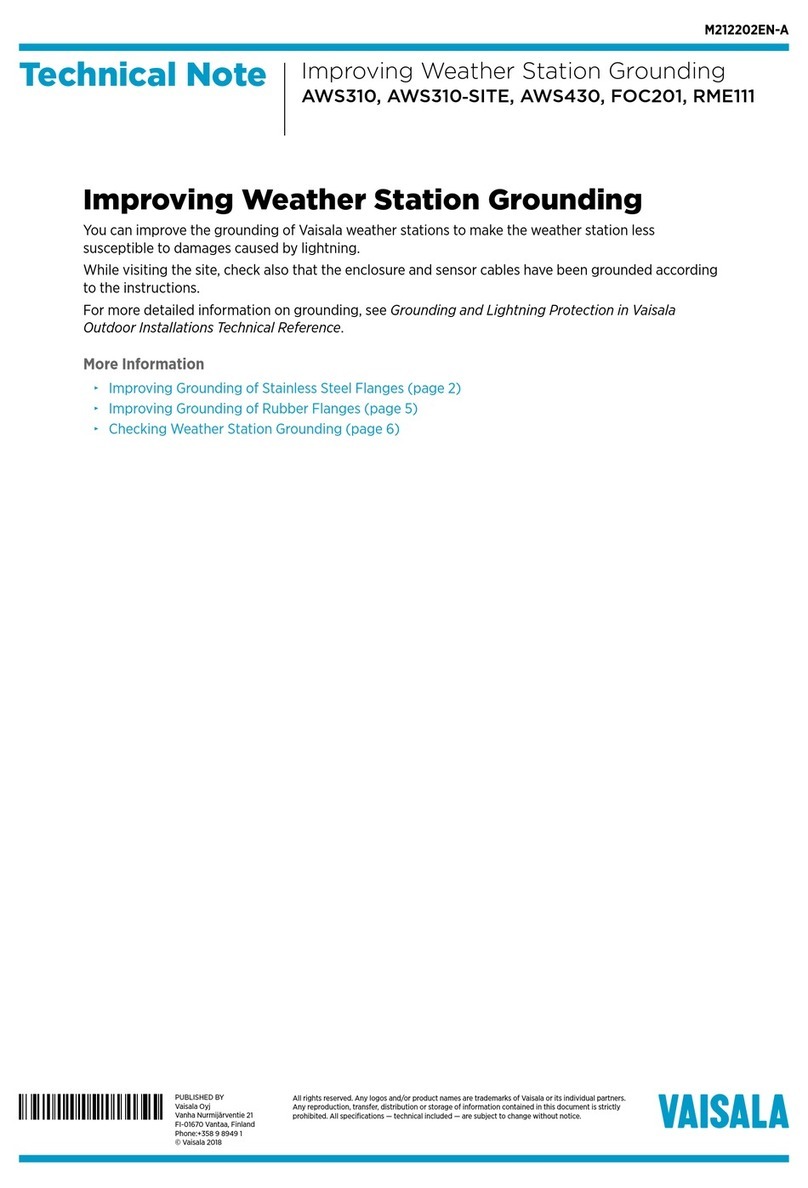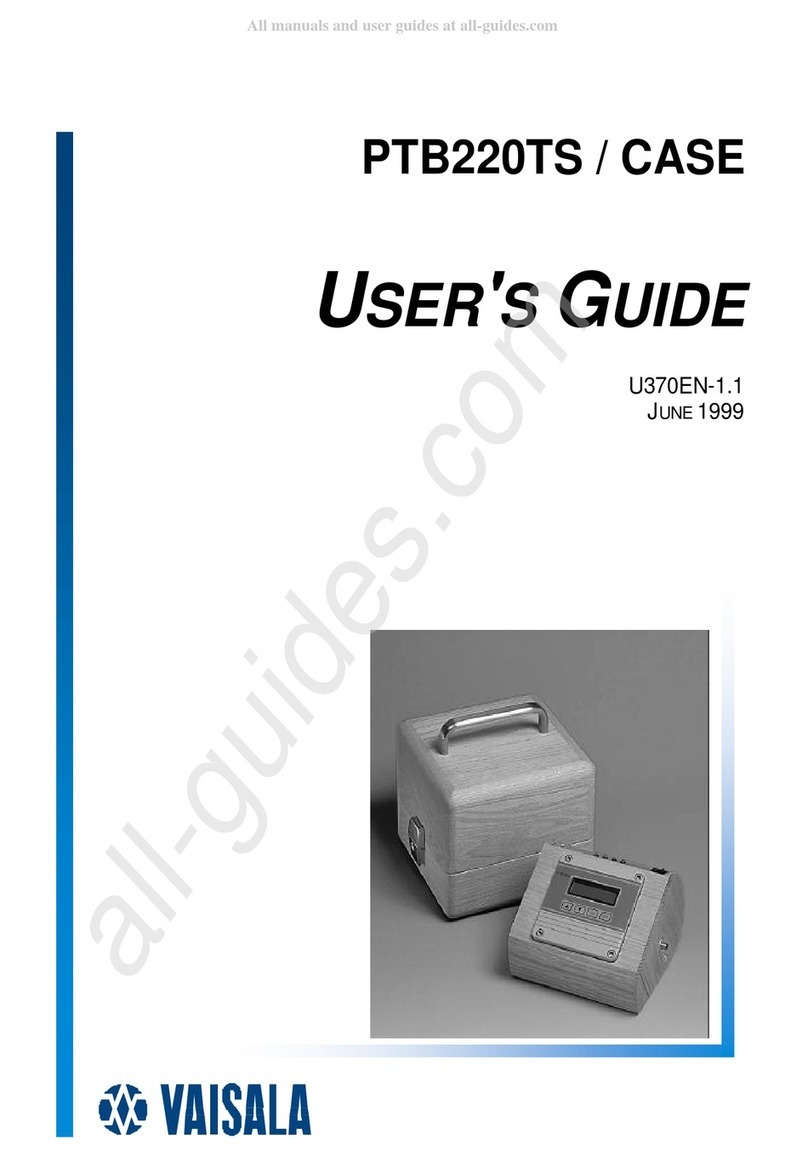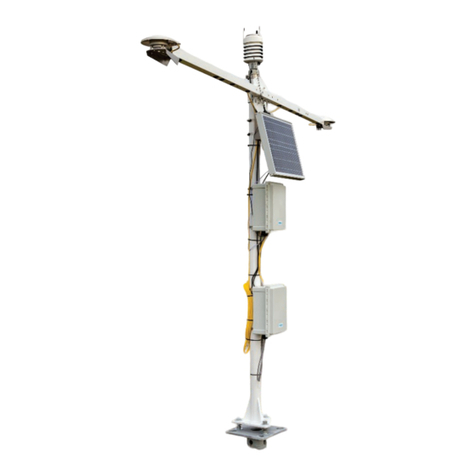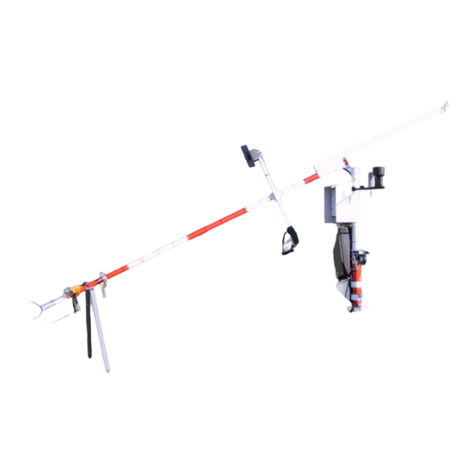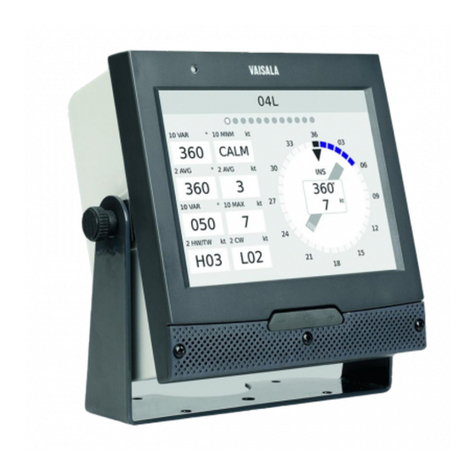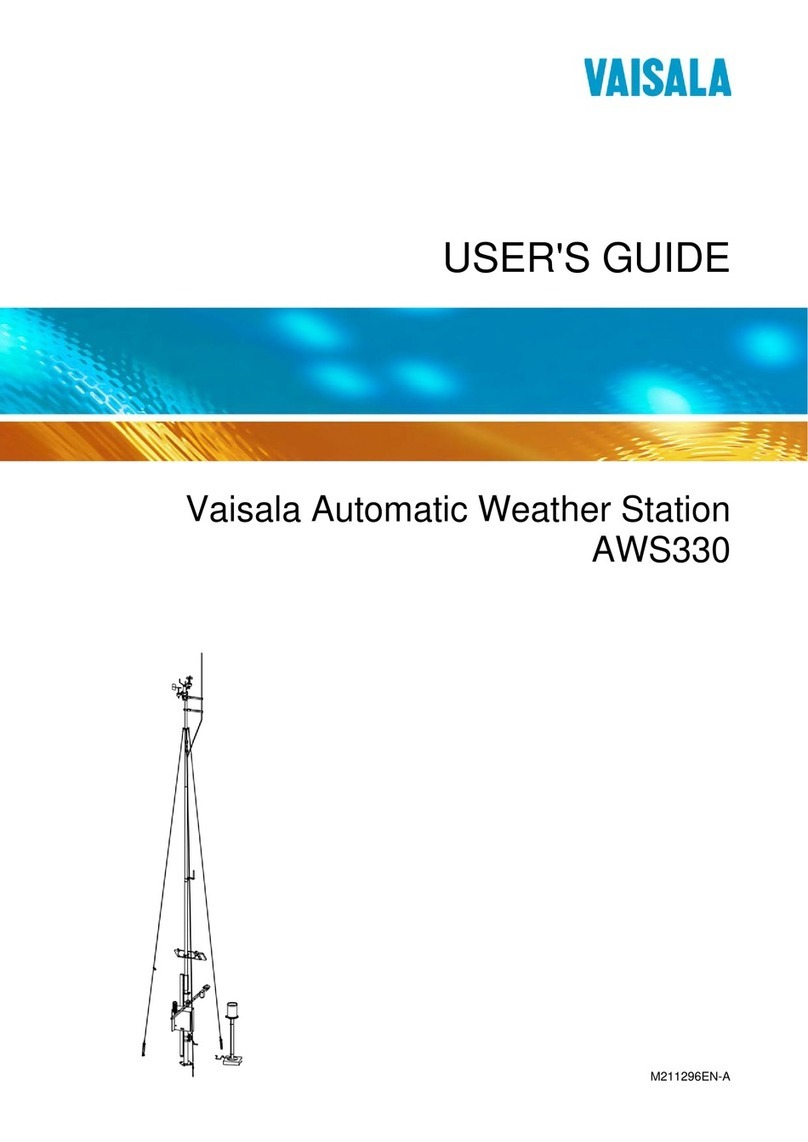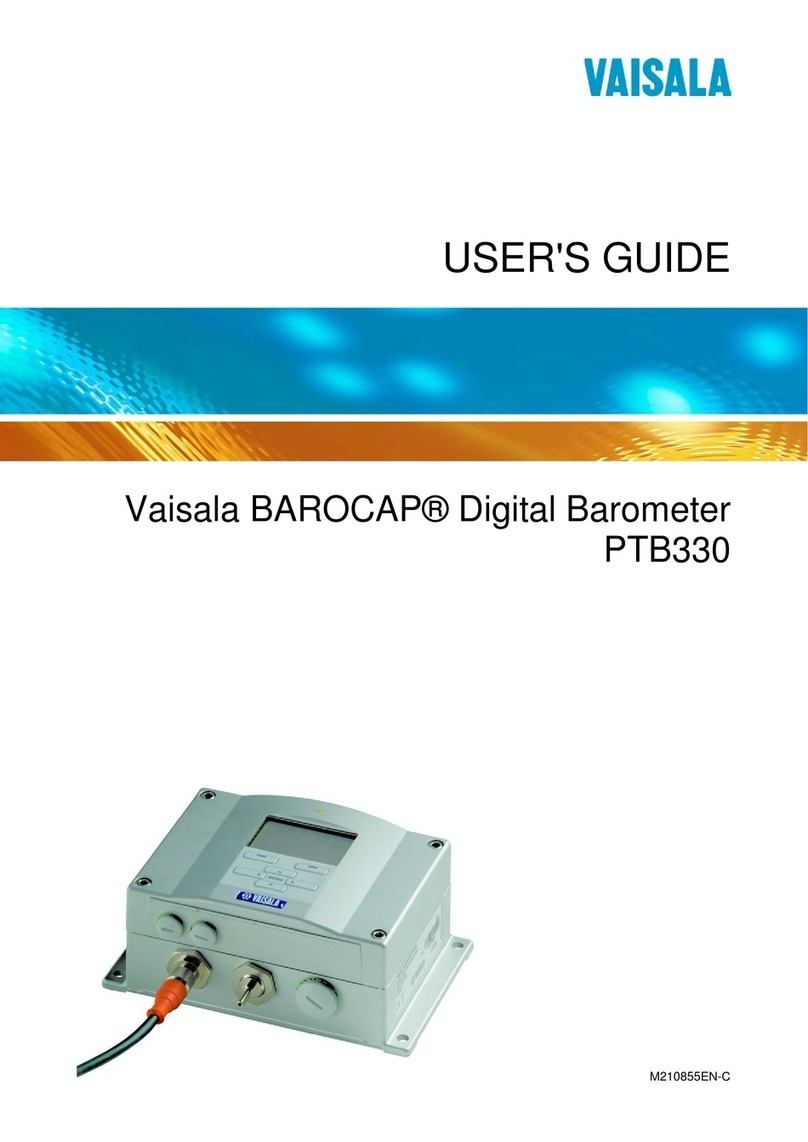
Table of contents
1. About this document.....................................................................................5
1.1 Version information.......................................................................................... 5
1.2 Documentation conventions........................................................................... 5
2. Product overview............................................................................................ 6
2.1 PTB210 product overview................................................................................6
2.2 Safety..................................................................................................................8
2.3 Trademarks........................................................................................................ 8
3. Installation..........................................................................................................9
3.1 Mounting PTB210..............................................................................................9
3.1.1 Static pressure head................................................................................ 10
3.2 Connections.......................................................................................................11
4. Operation..........................................................................................................14
4.1 Settings.............................................................................................................14
4.1.1 .BAUD setting baud rate......................................................................... 14
4.1.2 Setting serial communication parameters............................................ 15
4.1.3 .ID setting identification code.................................................................15
4.1.4 .PMIN / .PMAX setting pressure limits................................................... 15
4.1.5 .MPM measurements per minute............................................................16
4.1.6 .AVRG defining averaging....................................................................... 16
4.2 Operating commands..................................................................................... 16
4.2.1 .P outputting single message................................................................. 16
4.2.2 .BP continuous output............................................................................. 17
4.2.3 .UNIT selecting pressure unit.................................................................. 17
4.2.4 .FORM output with or without unit........................................................ 17
4.2.5 .RESET reset instrument..........................................................................18
4.2.6 .MPCON / MPCOFF set pressure correction on/o..............................18
4.2.7 .CALD setting calibration date................................................................18
4.2.8 .RON/ .ROFF setting RS-485 terminating resistor on/o...................18
4.3 Self-testing.......................................................................................................19
4.3.1 .? basic information of barometer settings...........................................19
5. Calibration and adjustment....................................................................... 21
5.1 Calibration and adjustment............................................................................21
5.2 Using Wizard software....................................................................................21
6. Technical Data................................................................................................25
6.1 PTB210 specifications.................................................................................... 25
Appendix A: FCC Part 15 compliance statement....................................29
Warranty.............................................................................................................31
Technical support............................................................................................. 31
Table of contents
1

